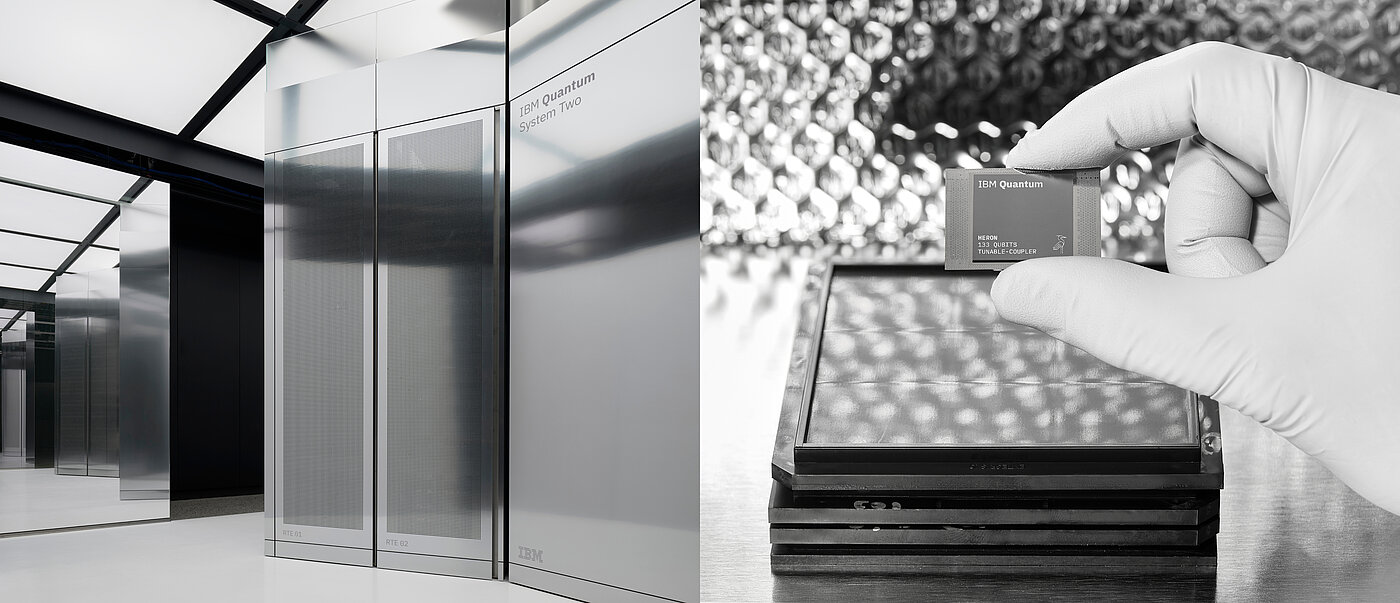
With the IBM Quantum System Two, IBM presented the company’s first modular quantum computer and at the same time the cornerstone of its quantum-centred supercomputing architecture. A launch film, created in cooperation with Map Project Office, captures the fascinating aesthetics of this system and its possibilities in a decidedly emotional way – with a futuristic look that will get you excited for the future.
Interview with IBM Quantum
Red Dot: Is a film the best medium to explain something as difficult to understand as a quantum computer system?
IBM Quantum: This film was created to coincide with the launch of the IBM Quantum System Two. The primary goal was to highlight the design features, capabilities and performance of the system, rather than explain the intricacies of quantum computing itself. A film can inspire, educate and evoke emotions, making it an effective medium for engaging an audience. It also serves as a powerful tool for telling a brand narrative centred on innovation.
The film doesn’t explain the technology so much as the problems it can solve …
The target audience for this film is already familiar with quantum computing and is more interested in the performance of the IBM Quantum System Two and what it can do practically. Quantum computing is a highly complex field that requires years of study to fully understand. Therefore, trying to explain this technology in a few minutes would not do it justice. While the film gives a brief overview of the technical specifications, as well as the capabilities and performance of the system, the focus is on how these features work together to address real-world challenges. It also emphasises the modularity, interconnection, scalability and flexibility of the system and showcases its iconic design.
You chose a very calm sequence. Would “loud” and fast elements have been inappropriate?
We developed a calm and harmonious rhythm because we wanted to create a track that felt precise, timeless and sublime – qualities that complement the iconic design of the IBM Quantum System Two. A “loud” and fast approach would have distracted from the simplicity we were aiming for. The use of reverb was intended to add a touch of humanity and make the overall experience more relatable and grounded.
To what extent was it important to include a human protagonist?
It emphasises the role of human interaction within the IBM Quantum System Two. Human factors and interaction are central to the design of the system, and the representation of a human element helps to bridge the gap between advanced quantum technology and the audience. Quantum technology is often perceived as distant or intimidating – this approach makes the narrative more tangible and highlights that the system was designed with human engagement in mind.

